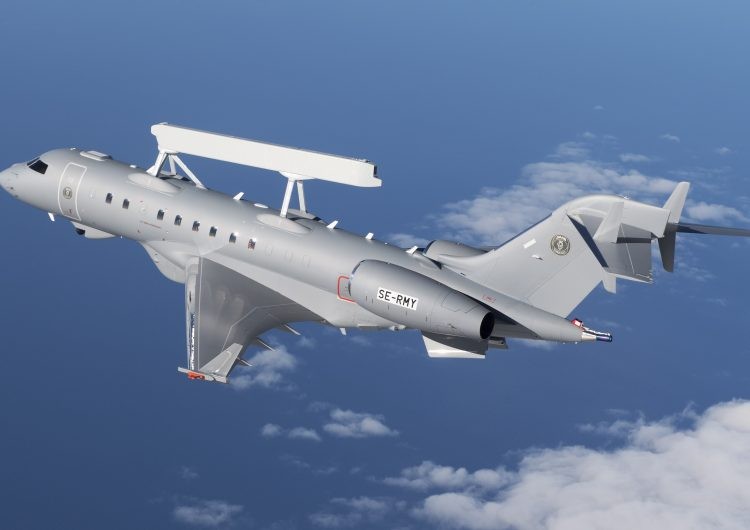The fourth GlobalEye’s initial flight marks a significant development in Saab’s Airborne Early Warning & Control (AEW&C) program and demonstrates the company’s capacity to provide GlobalEye with speed and dependability. On April 3, 2023, the plane launched from the Saab airfield in Linköping, Sweden, and carried out many tests of its capabilities. The most advanced multi-domain Airborne Early Warning & Control (AEW&C) system, GlobalEye uses a variety of active and passive sensors to detect and identify objects over a long distance in the air, at sea, and on land.

“We are very satisfied with this successful first flight of another GlobalEye. This confirms that we have the infrastructure, the capabilities and the expertise necessary to support our customers with the most advanced AEW&C solution in a time frame that is unmatched in the market,” says Carl-Johan Bergholm, head of Saab´s business area Surveillance.

GlobalEye is a multi-role airborne early warning & control (AEW&C) platform from Swedish defence and security company Saab. GlobalEye consists of a suite of sensors using Saab’s Erieye ER (Extended Range) radar and mission system, installed in the Bombardier Global 6000/6500 long-range business jet. The primary sensor of the GlobalEye is its Erieye ER airborne early warning (AEW) radar; weighing approximately 1 tonne, it is mounted atop the twinjet’s fuselage. Saab has cited up to 450 km (216 nm) range for the AEW radar system when flown at an operating altitude of 30,000 ft; and 550 km at 35,000 ft in comparison with earlier versions of the Erieye radar.

The GlobalEye is equipped with various additional sensors. These include the Seaspray 7500E maritime surveillance radar, provided by Italian defence conglomerate Leonardo; the Seaspray radar features synthetic-aperture radar and ground-oriented moving target indication modes. The GlobalEye also has an electro-optical/infrared sensor, which is situated underneath the forward fuselage. Other mission equipment includes data links, voice and satellite communications and a command and control suite, the latter comprising five onboard operator stations. The GlobalEye can be operated without any onboard operators, streaming its surveillance output to ground-based stations instead.










